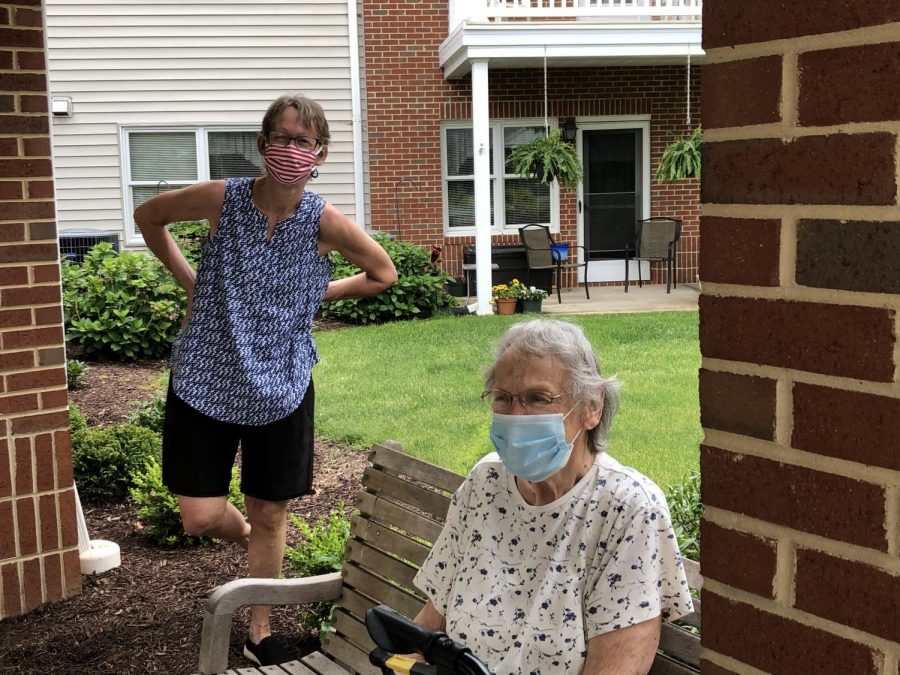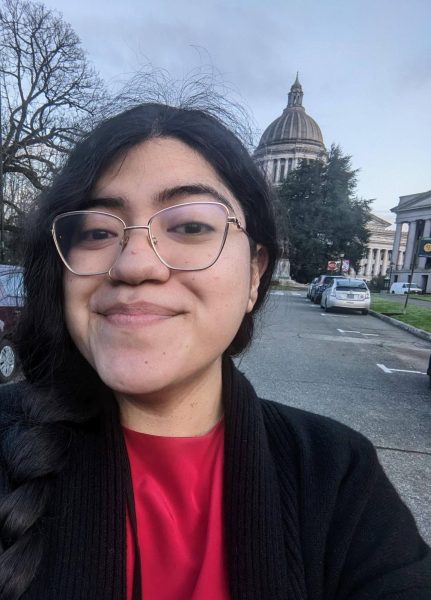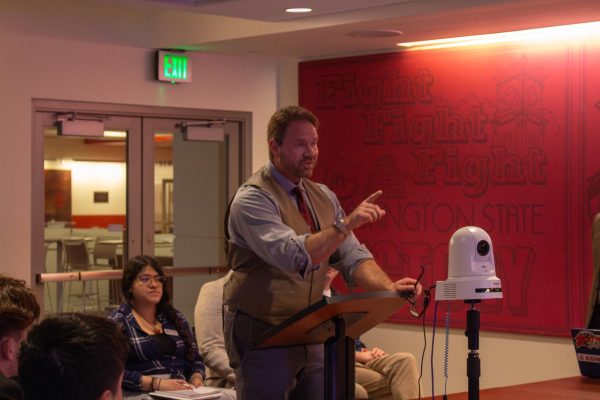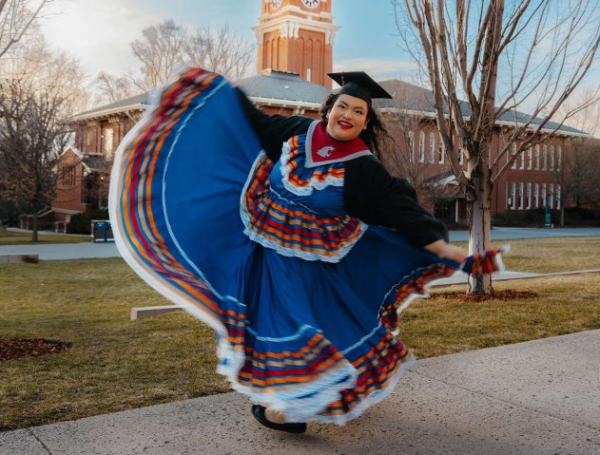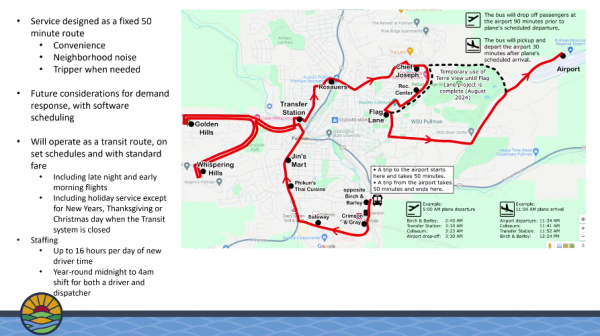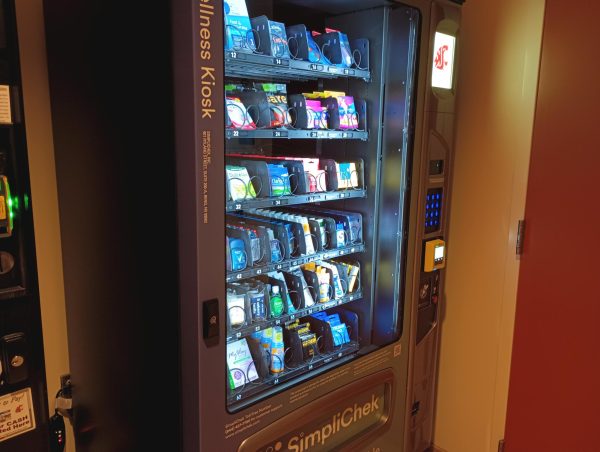Data shows older citizens in rural areas receive fewer essential care services
Stigma follows those who ask for help, food delivery provider says
Part of the reason for the research is to get policymakers to look at location when considering essential services for older people.
September 11, 2020
Older citizens in rural areas are two and a half times less likely to receive essential care services than those living in metropolitan areas, according to a new study led in part by a WSU researcher.
Raven Weaver, WSU graduate human development researcher, said even when controlling for other factors such as race, gender and income, it was the same result each time: geographic location was the most important factor in whether older citizens received services.
“So that has major implications for who is able to receive the help if they’ve crossed that line and they’re finally able to get support or they’ve acknowledged that they need it,” Weaver said.
Weaver worked with a state aging agency to retrieve data that showed which people asked for help from the agency, so the data in this study shows only those who took that step.
Stigma often follows citizens who do not have the means to access health and food delivery services, said Olivia Sivula, a founding member of Food Not Bombs of the Palouse.
This stigma, and a generational focus on independence in later life, can often prevent seniors from reaching out for help, they said.
Sivula recalled a time they were on food delivery duty in front of a grocery store when an elderly man began to pace in front of the store and unsuccessfully attempted to retrieve money from a nearby ATM.
To Sivula, it was clear the man was looking for access to groceries but possibly could not afford it. In minutes, nine police officers arrived.
Even if there was a danger, Sivula said, they “can’t imagine it would have taken nine officers” to calm the threat.
“Cops were called on him for pacing in front of a bank because he couldn’t get food yet?” Sivula said.
Weaver said the purpose of the research is to show a disparity in the “haves” and the “have-nots” and get policymakers to examine geographic location as a factor of this.
“Policymakers need to think about new ways to target service delivery to completely rural and mostly rural individuals,” Weaver said.
This would involve partnerships between city lawmakers, hospitals and state aging agencies to intervene sooner and expand the availability of services, Weaver said.
Data shows there seems to be a surplus in rural areas of referrals and information about certain services, but when it comes to availability, those who need it often do not get the assistance, Weaver said.
“The challenge is actually not getting material service there,” Weaver said. “It’s a paradox, and it needs to be understood better.”
The next step for Weaver is to examine which services lack availability, as this study only showed where the disparity was largest, she said. Now they hope to examine whether it is health care, food delivery, transportation or even a combination of several services that are not getting to senior citizens.
“It’s important to realize the nuance of different types, or different levels, of rurality,” Weaver said.
Senior citizens often want to hold onto independence, and sometimes family support systems are not enough, Sivula said.
On several delivery calls, Sivula sometimes experienced their own discrimination from people who did not want the assistance or did not want it from Sivula specifically.
“Whether it’s John Wayne movies or there were larger support systems around you that told you, ‘yeah, do it yourself, figure it out,’ that’s what strength is about,” Sivula said. “[They’re told] it isn’t asking other people for help.”


